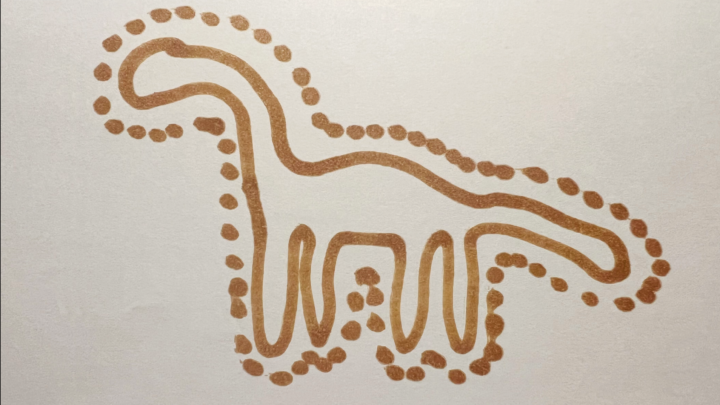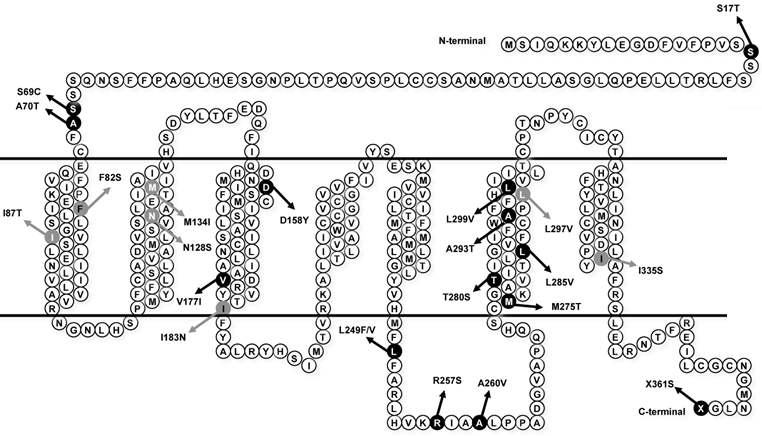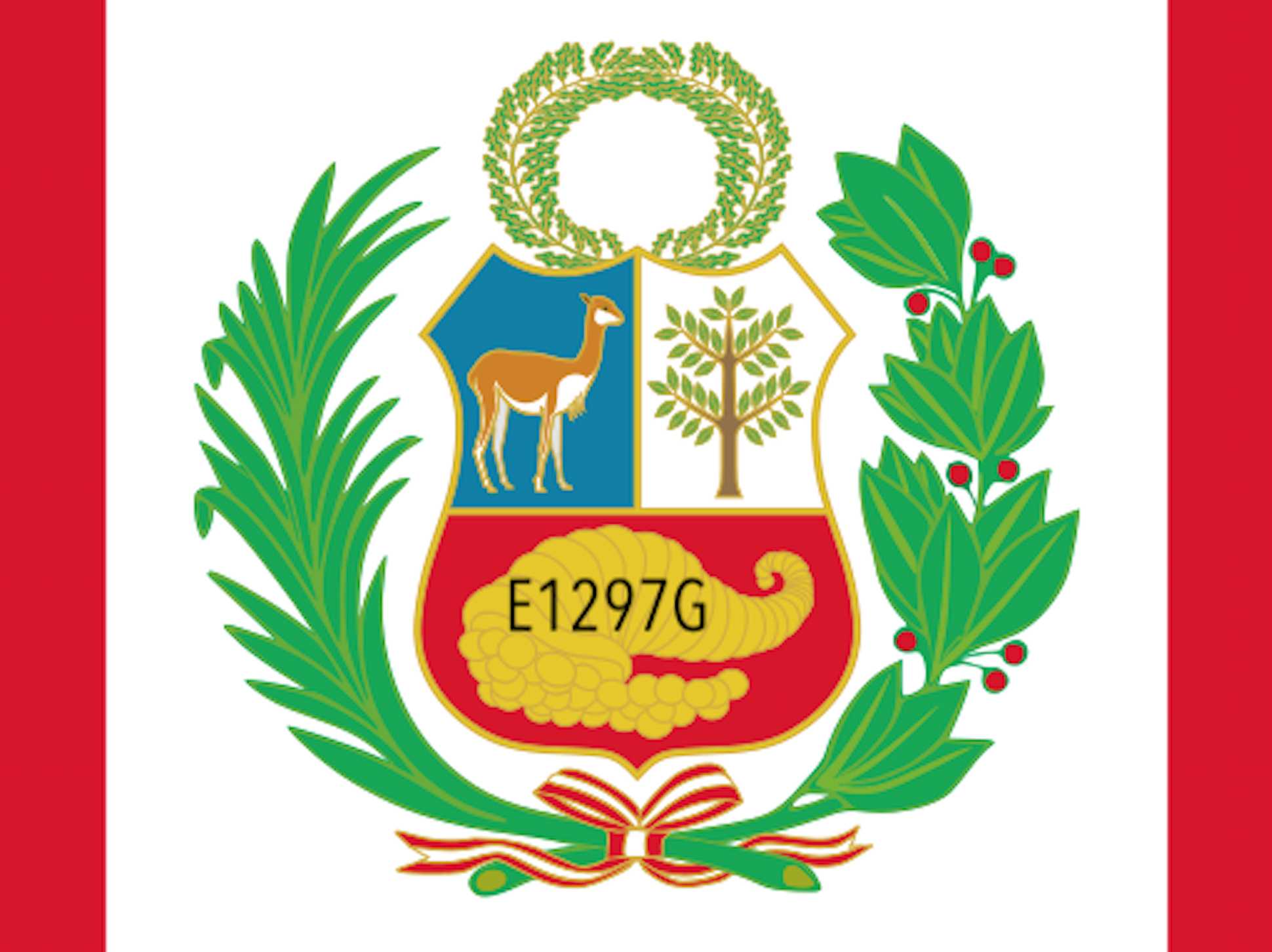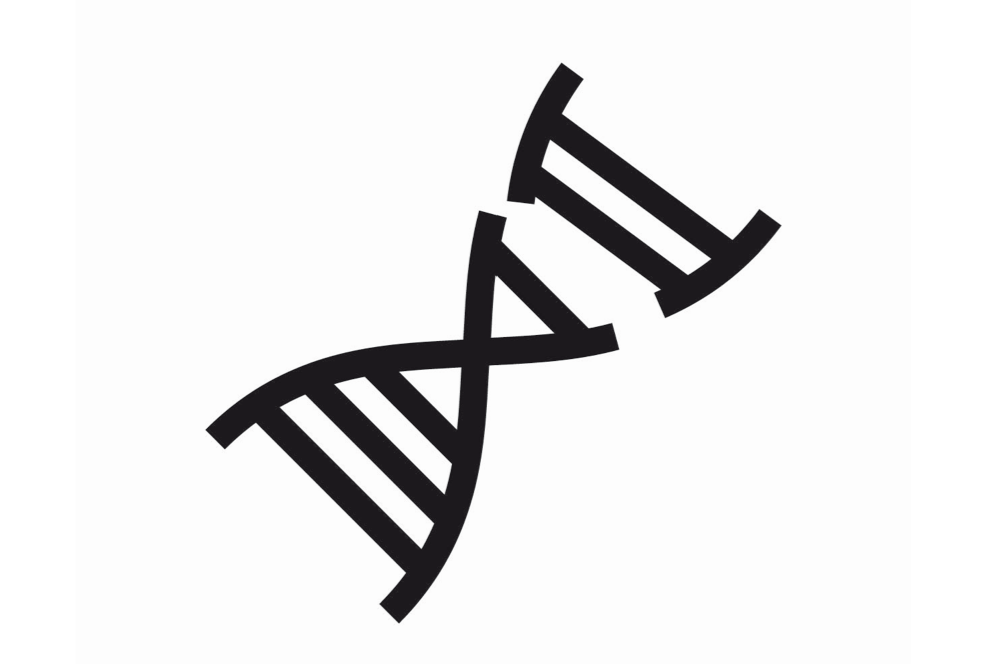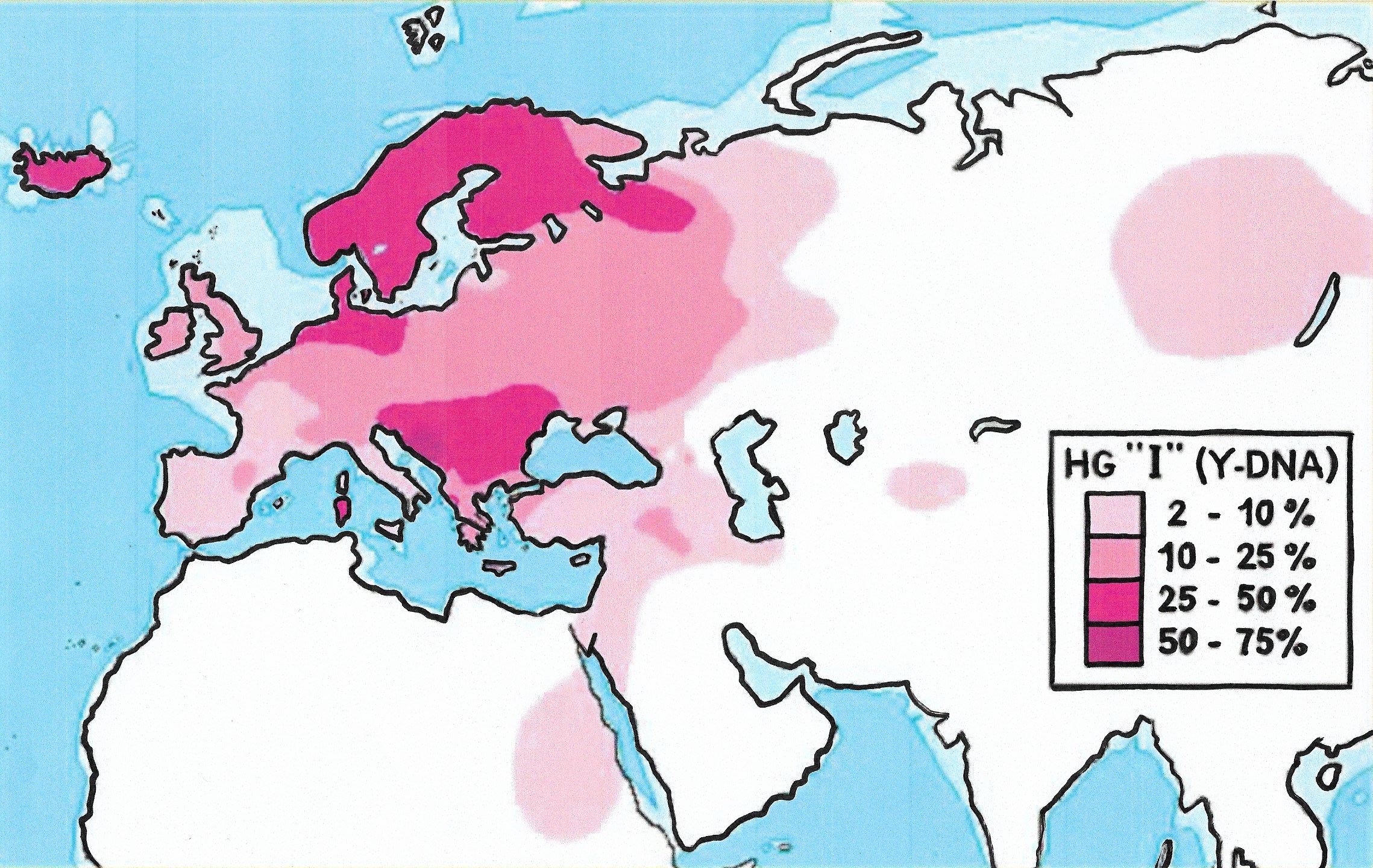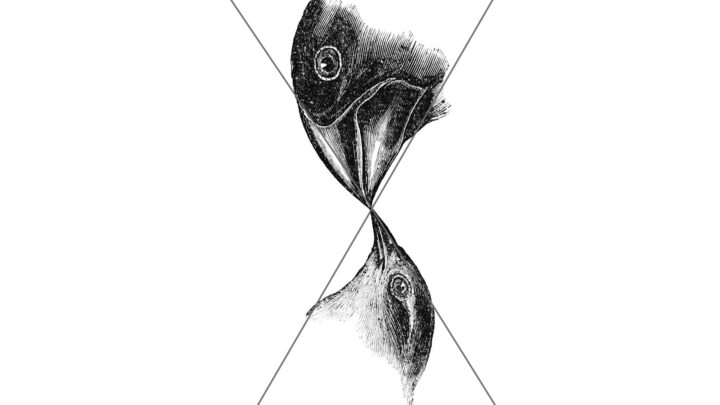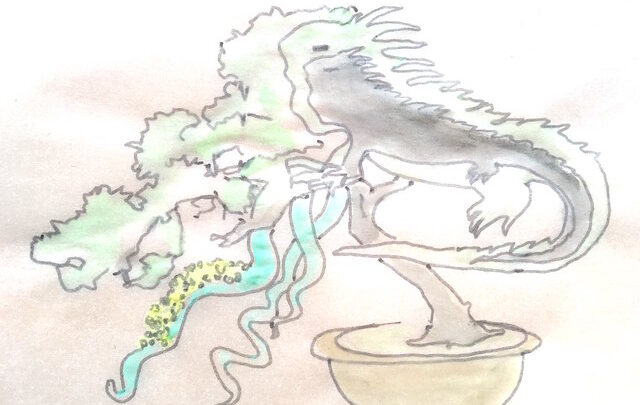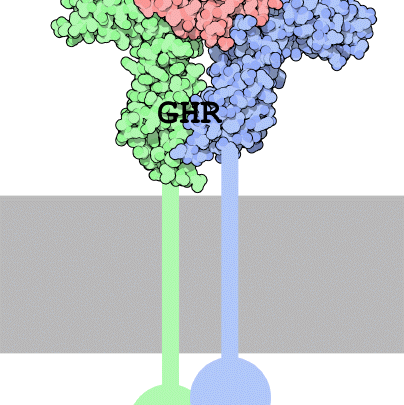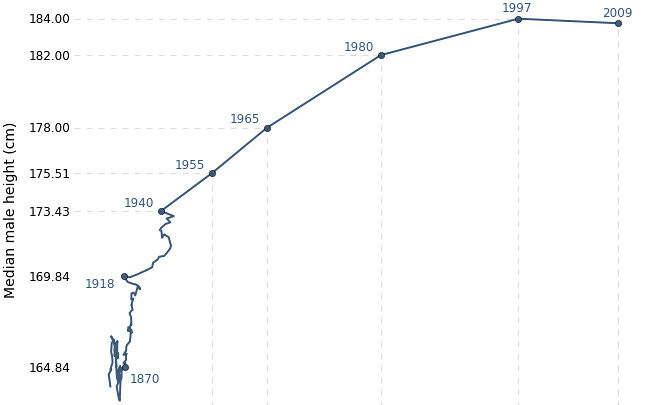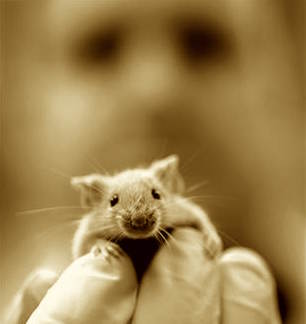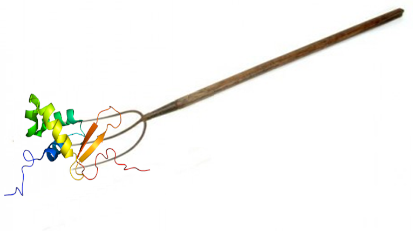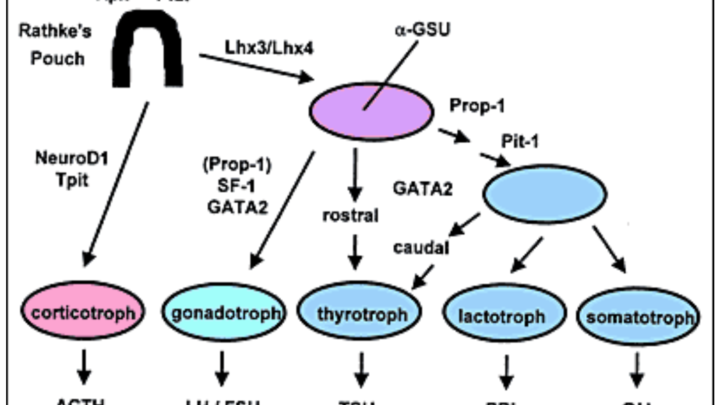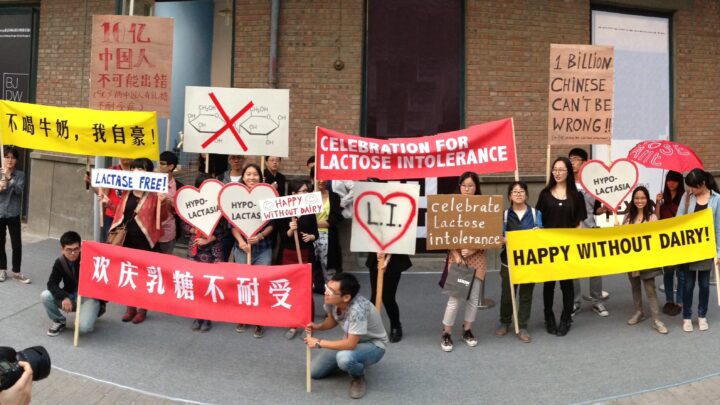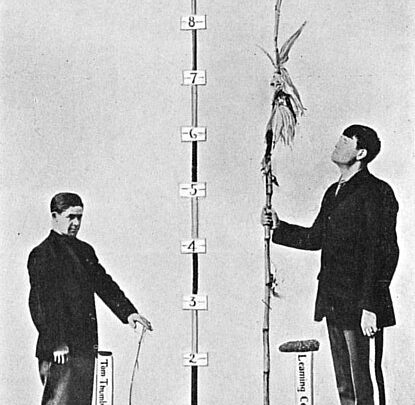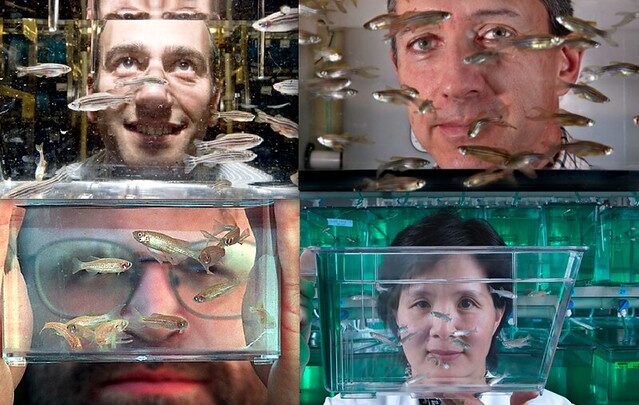Category: Genetics
MCR3
November 7, 2021The Peruvian Variant
May 30, 2020Hallmarks of Malignant Growth: Genome Instability and Mutation
October 2, 2018Hallmarks of Malignant Growth: Resisting Apoptosis
June 11, 2018Hallmarks of Malignant Growth: Self-Sufficiency in Growth Signals
May 1, 2018To understand what makes continuous growth such a powerful idea, despite clear evidence that it often becomes harmful, The Incredible Shrinking Man turned to cancer research to learn where growth within a healthy system turns malignant. Although cancer is a very complex phenomenon the seminal paper “…
Haplogroup Hot Switch
April 1, 2018Darwin’s Finches
March 10, 2017Shrink Agents
April 30, 2016Full Length over Exon Deficient
November 14, 2015The Tall Dutch
April 9, 2015We are the Model Organism
April 3, 2015The Incredible Shrinking Man is interested in the scientific culture of model organisms. A model organism is an animal species that is studied to understand particular biological phenomena, with the expectation that discoveries made in the organism model will provide insight into human biology. This research strategy is…
2000+ Genetic Factors
December 9, 2014Since 2007 researchers of the Genetic Investigation of Anthropometric Traits (GIANT) consortium are quickly uncovering the polygenic traits that influence human height. Recently they analysed data from the genomes of another 253,288 subjects and were able to identify 697 gene variants, the pieces of DNA that…
FOXO3a
June 20, 2014Recent studies have identified the FOXO3a (Forkhead Box 3a) transcription gene as an important regulator of morphological scaling. It’s a key regulatory gene in a nutrient- and energy-sensing biological pathway (insulin/IGF-1 signalling pathway),that throughout our evolution was conserved from yeast to humans. FOXO3a anticipates food scarcity…
Pit-1
January 13, 2014Celebrate Lactose Intolerance
October 5, 2013Exaggerated consumption of milk stimulates an undesirable increase in human height through stimulation of the production of growth hormone. Milk cows also have a considerable environmental footprint because they’re fed high protein diets. One of humanity’s defense mechanisms against these two undesirable effects is lactose…
